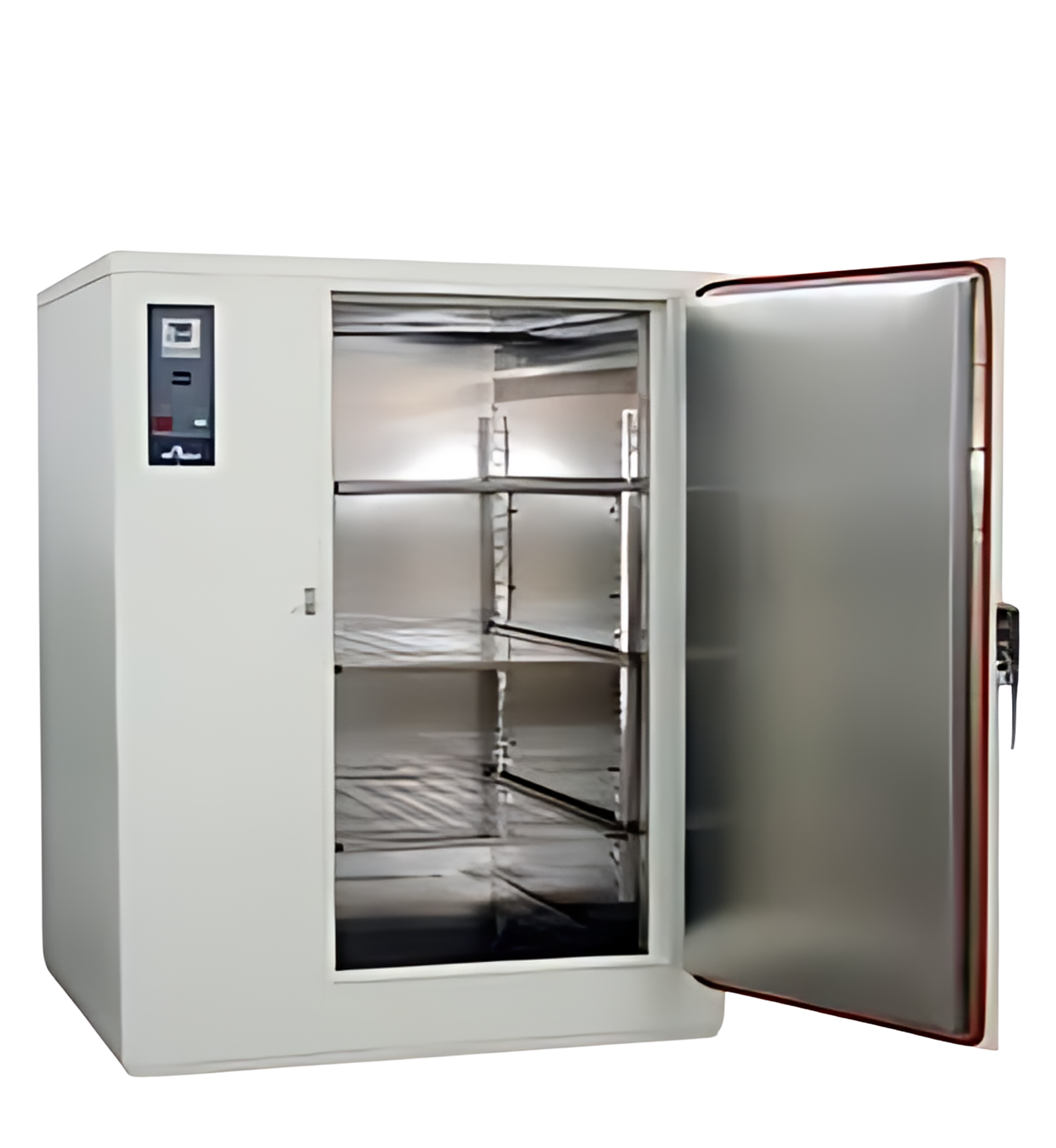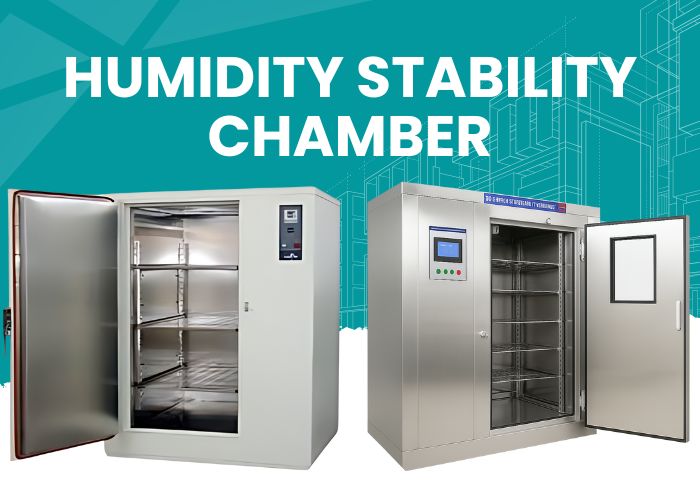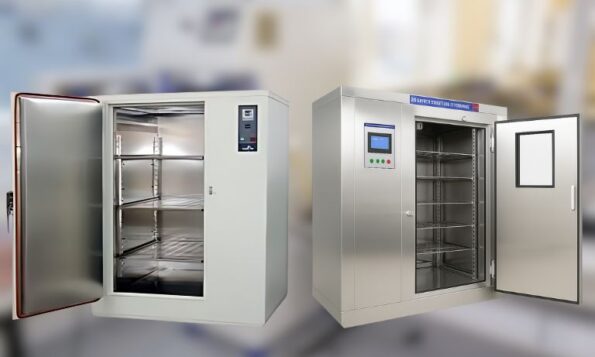At its core, a humidity stability chamber is a combination of advanced sensors, controlled heating and cooling, and humidification systems. It is engineered to replicate a range of humidity conditions, often from very low to very high levels, with tight accuracy.
Some key aspects of a humidity chamber include:
- Controlled humidity range: Chambers can maintain anything from 10% to 95% relative humidity (RH).
- Temperature control: Many chambers combine humidity control with precise temperature regulation.
- Digital monitoring: Modern chambers include digital panels for real-time monitoring and adjustment.
- Data logging: Conditions inside the chamber can be recorded automatically for analysis and reporting.
The main purpose of a humidity controlled chamber is to provide reliable and repeatable conditions so that products can be tested without uncertainty.














